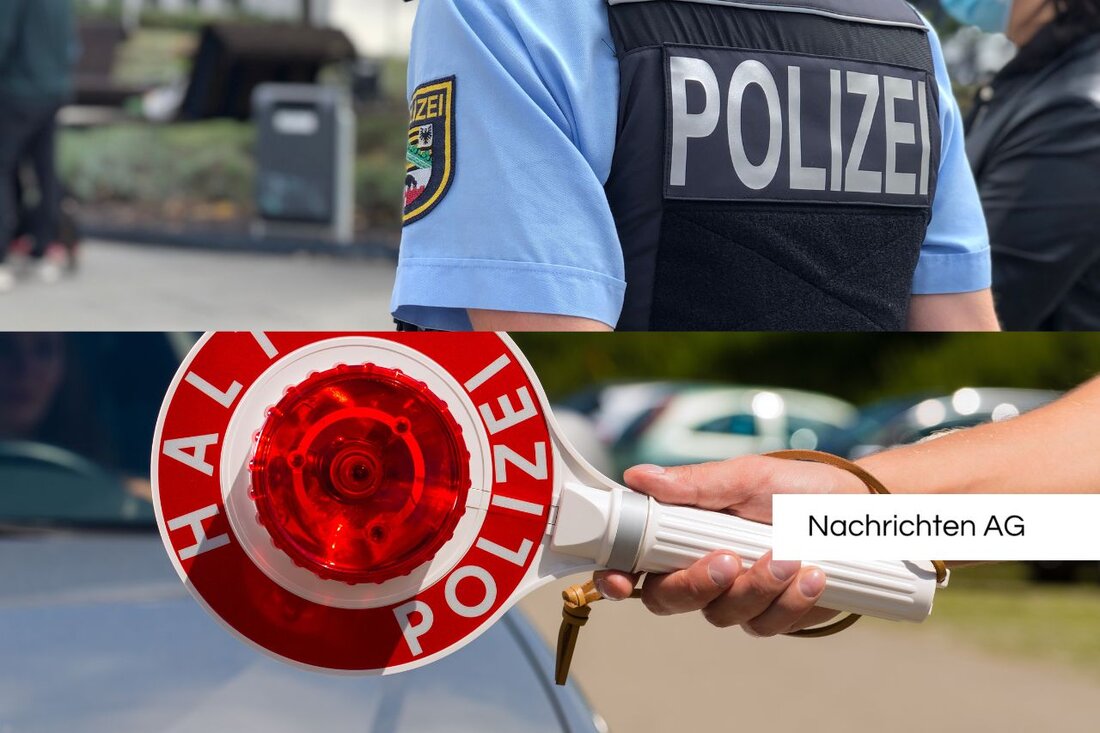Violent Nakba demo in Berlin: police officer seriously injured!

Violent Nakba demo in Berlin: police officer seriously injured!
On Thursday evening, May 16, 2025, a pro-Palestinian Nakba demonstration occurred in Berlin that escalated in violence. A 36-year-old police officer was seriously injured in the disputes when he was trampled down by a mob during an arrest. Berlin's Senator Iris Spranger (SPD) then announced a hard approach to the perpetrators and described the riots as a direct attack on the rule of law. The security of the city and the emergency services was a top priority, as it emphasized. Tagesspiegel reports that demonstrators with bottles, beverage cans and even red color started on the police. A total of eleven officials were injured, one of them seriously.
The injured police officer suffered a fracture on the arm and several bruises. Thanks to its protective equipment, serious injuries prevent them. The demonstration with more than 1100 participants took place on the occasion of the Nakba Memorial Day and led to Tumulten in Kreuzberg. The police had previously prohibited the demonstration train to avoid violent clashes. This measure met with great anger among the demonstrators who chanted Israel -hostile and sometimes punishable slogans.
reactions to violence
Governing Mayor Kai Wegner (CDU) condemned the attack on the police officer as a brutal act of violence. The police union described the incidents as an excess of violence and called for political answers to the escalation. The police began to keep water cannons to keep control of the Situation, while against 50 people is being determined for resistance, an active attack and breach of the peace.
These violence on demonstrations blends into a larger context of politically motivated acts of violence, as the bpb . Many protests in Germany are peaceful, but the willingness to use violence has increased as a whole, which has also been shown in demonstrations in recent times. In particular, politically motivated riots raise questions about the perception of violence, and the distinction between violent and peaceful demonstrators is often difficult.
The conflicts between the police and demonstrators are often the results of different reviews of the situation. While the police see their task in maintaining public order, protesters can experience the aggression perceived by the police as disproportionate. This dynamic is not new and shows itself in the history of protests, for example in the excesses of violence during the 2007 G8 summit in Heiligendamm, which at that time attracted a lot of media attention. Respecting the demands of the demonstrators, as well as the police, remains a constant challenge in the political landscape of Germany.
| Details | |
|---|---|
| Ort | Kreuzberg, Berlin, Deutschland |
| Quellen | |
